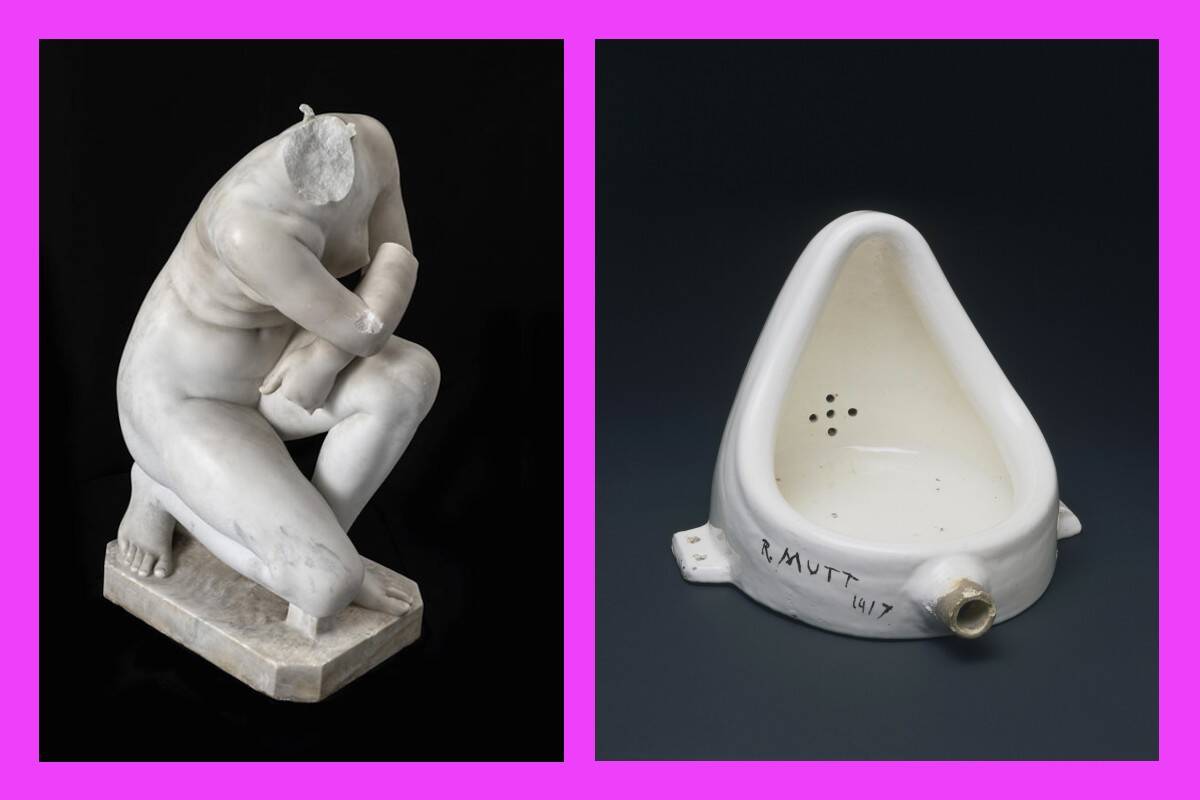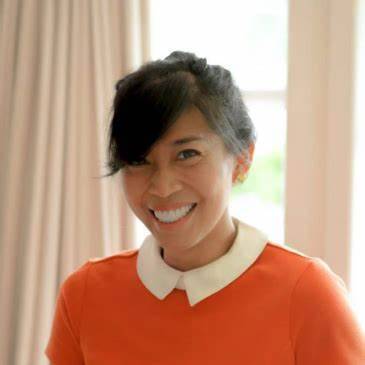— 6:15pm – 7:15pm

event Details
Tue 10, 17, 24, 31 Oct & 7, 14 Nov 2023 | 6.15 – 7.15pm
Early Bird Member series : $90.00 (+ booking fees) Available until 1 Jun.
Members series : $105.00 (+ booking fees) Available after 1 Jun
Join art historian Linda Yang for an informative and accessible six-week lecture series that provides foundational knowledge of Western European art history, from the ancient Greco-Roman period to contemporary art. You will be empowered to engage with art more critically, regardless of prior knowledge.
Relevant works from Auckland Art Gallery’s permanent collection will be discussed throughout these lectures, creating dialogue between our locality and a wider international artistic community, past and present. Incorporating critical visual analysis throughout the lectures, Linda enables and encourages you to practice more active looking, both in and outside the lecture theatre.
Lectures are 45 minutes long followed by 15 minutes of discussion. The series runs across six weeks on Tuesday evenings from 10 October to 14 November.
TICKETS
! When selecting your ticket, only the start days of the two series is visible, however, by purchasing a ticket you will have access to the full six-week course starting that day.
This series is for Auckland Art Gallery Members only. Go to www.aucklandartgallery.com/members to find out more.
Image credits:
Orfeo Boselli, Crouching Venus, 17th century. Auckland Art Gallery Toi o Tāmaki, gift of Moss Davis, 1932.
Marcel Duchamp, Fountain, 1917. Location unknown/lost.
Lecture programme
1. Classicism: Creating Legacy
Much of our contemporary world is informed by canonical conventions that were established in the ancient Greco-Roman period. Their strategies for depicting naturalistic human figures were aspirational for centuries to come – the nude male form became shorthand for nobility, morality and heroism. Conversely, the nude female form became understood as a more passive object of beauty to be admired. We will familiarise ourselves with these works, to better recognise these tropes in art and in the world around us.
2. Tracing the Figure
We follow representations of the human figure as it developed from aloof Byzantine icons to more humanist depictions of Mary as the proverbial ‘girl next door’ in the Italian Renaissance. We will also consider how the power of images can be harnessed to engage one’s spirituality: how might images function as active participants in people’s lives, direct their behaviour, or even determine their afterlives?
3. Quitting the Institution: Realism and Impressionism
In the latter half of the 19th century, Parisian artists became increasingly frustrated at the strictures of the Salon. Their dissatisfaction seeded new kinds of representations on the walls of independent exhibitions, where ‘everyday’ people were depicted with the same gravitas as royalty. Elsewhere in Paris, the Impressionists explored radical new ways of playing with light, capturing the flux of modern city life.
4. Embracing Abstraction
The turn of the 20th century witnessed an explosion of artistic revolution. Artists abandoned past parameters, eschewing figurative depictions to freely push pigment around on their canvases, unlocking the expressive potential of pure colour and form. One of our focuses will be Hilma af Klint, a pioneer of abstraction who channelled the spirit realm as her means to access an entirely new pictorial vocabulary.
5. Breaking out of the Frame
In 1917, a new artistic tradition was born – somewhat surprisingly – from a urinal. Duchamp’s Fountain, 1917 subverted nearly every governing value of the art world: originality, authorship, and technical skill, to name but a few. By using a ‘readymade’ material, Duchamp opened the door to Pop Art and Conceptual Art, movements that would, in their own ways, pose new iterations of the eternal question: what is art?
6. Here and Now: Contemporary Art
When confronted with contemporary art, we can sometimes feel unmoored. The conventions that we have grown familiar with – paint, frames, plinths – are often discarded and supplanted with sensory installations, performance art, or participatory art. As we move into the contemporary art world, our subjectivity and individual physical experiences become intrinsic to how we engage with works.
About the lecturer

Linda Yang (BFA/BA Hons, MA) is an art historian and educator. She has taught a range of art history and photography classes to secondary and tertiary students as well as adults at the University of Auckland, New Zealand School of Education, Browne School of Art and Auckland Art Gallery Toi o Tāmaki, amongst others.
Linda was a long-time assistant of Marti Friedlander (1928–2016), one of New Zealand’s most famous and hailed photographers. She is now the archivist for the Marti Friedlander Archive, which is held by Auckland Art Gallery Toi o Tāmaki’s E H McCormick Research Library.
Linda prides herself in creating a safe environment where ideas can be exchanged and explored freely in discussion.
- Date
- —
Tue 10, 17, 24, 31 Oct & 7, 14 Nov 2023 | 6.15 – 7.15pm
- Location
- Auditorium, Lower Ground
- Cost
- Early Bird Member series: $90.00(+ booking fees) Available until 1 Jun Members series: $105.00 (+ booking fees) Available 1 Jun